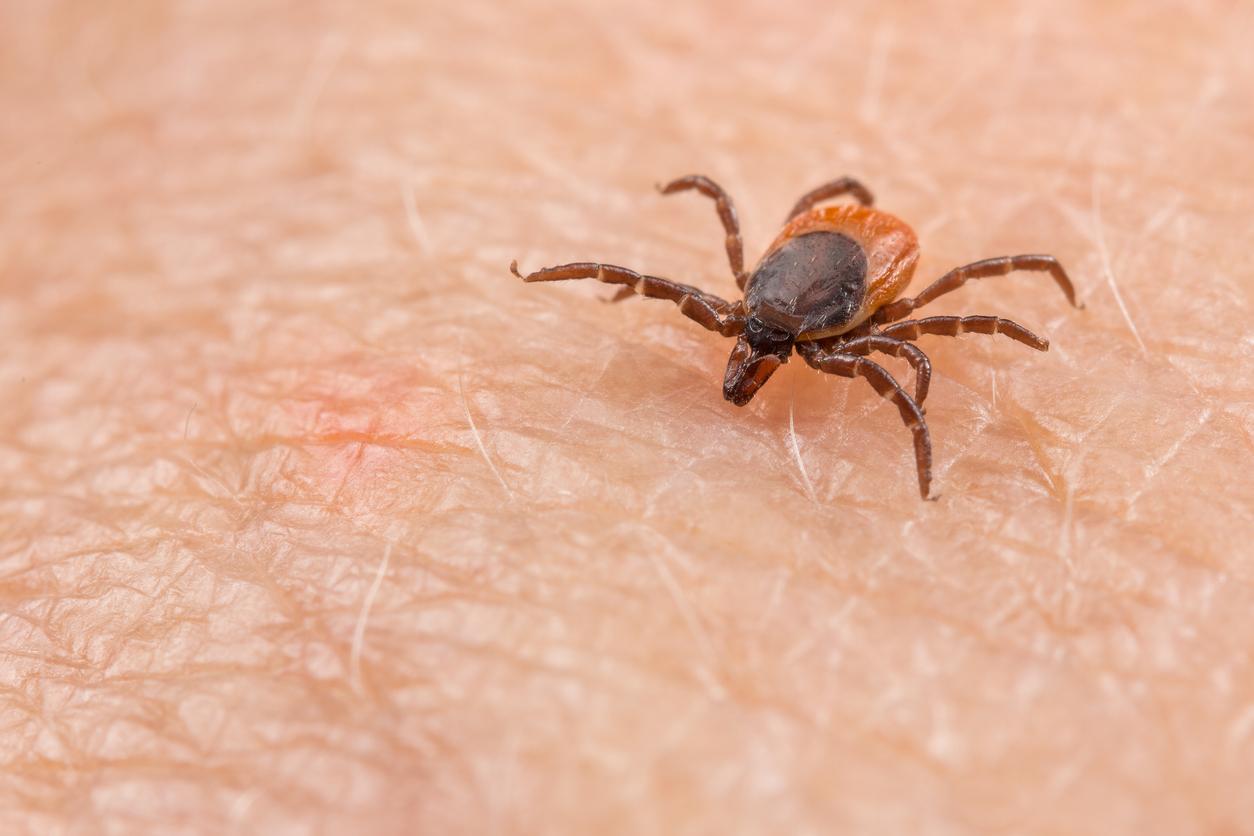New tests capable of detecting Lyme disease earlier have been developed. As a result, patients could be treated more quickly.

In the field of Lyme disease, we can speak of a small revolution. Its diagnosis, which until now was indirect (detection of the production of antibodies by the body) and late (at least three weeks after infection), could now be improved thanks to new tests, capable of detecting the presence of bacterial DNA Borrelia burgdorferi.
Direct tests
At least that’s what it says a new study, published in the journal Clinical Infectious Diseases. “These direct tests are necessary because one can get Lyme disease more than once, features often go undiagnosed, and current FDA-approved tests cannot distinguish between active and ongoing infection. an infection that has already healed,” said study director Steven Schutzer, a physician-scientist at Rutgers New Jersey Medical School.
The new techniques developed by his team detect the DNA of the bacterium in the blood. Borrelia burgdorferi, responsible for Lyme disease. A positive result indicates that the infection is active and needs to be treated immediately, allowing for faster care that can prevent long-term health problems. “The new tests are more accurate and not susceptible to the same false positive results from current tests”, adds Steven Schutzer.
Lyme disease is an infectious disease, secondary to the transmission of a bacterium during a tick bite. The French authorities recognize around 30,000 new cases each year. The average prevalence has been estimated at 43 cases per 100,000 inhabitants since 2009. For comparison, it was 16.5 cases per 100,000 people between 1999 and 2000 and 9.4 cases per 100,000 people from 1988 to 1989, according to French Public Health. In 2016, the estimated annual incidence rate also increased compared to 2015, from 51 cases/100,000 to 84 cases/100,000.
The infection can become chronic
Lyme disease can appear within 30 days after the bite, first as a round, red patch that extends in a circle (erythema migrans) from the bite area. The lesion of the skin can be accompanied by muscle and joint pain, or fever. With early treatment, it disappears in a few weeks to a few months. “The symptoms are multiple: joint pain, tremors, neurological disorders, memory loss, depression”, explained Eric Oden to France 3 Nouvelle-Aquitaine.
In the absence of treatment, the evolution towards the secondary phase is not systematic, but worsens the prognosis: the infection can become chronic and spread from the skin to the whole organism. It will then give serious complications which can affect several organs (joints, brain, heart…). “Months to years after the infection may appear tertiary manifestations of the joint, skin, neurological, muscular or cardiac type”, recalls the Ministry of Health.

.

















